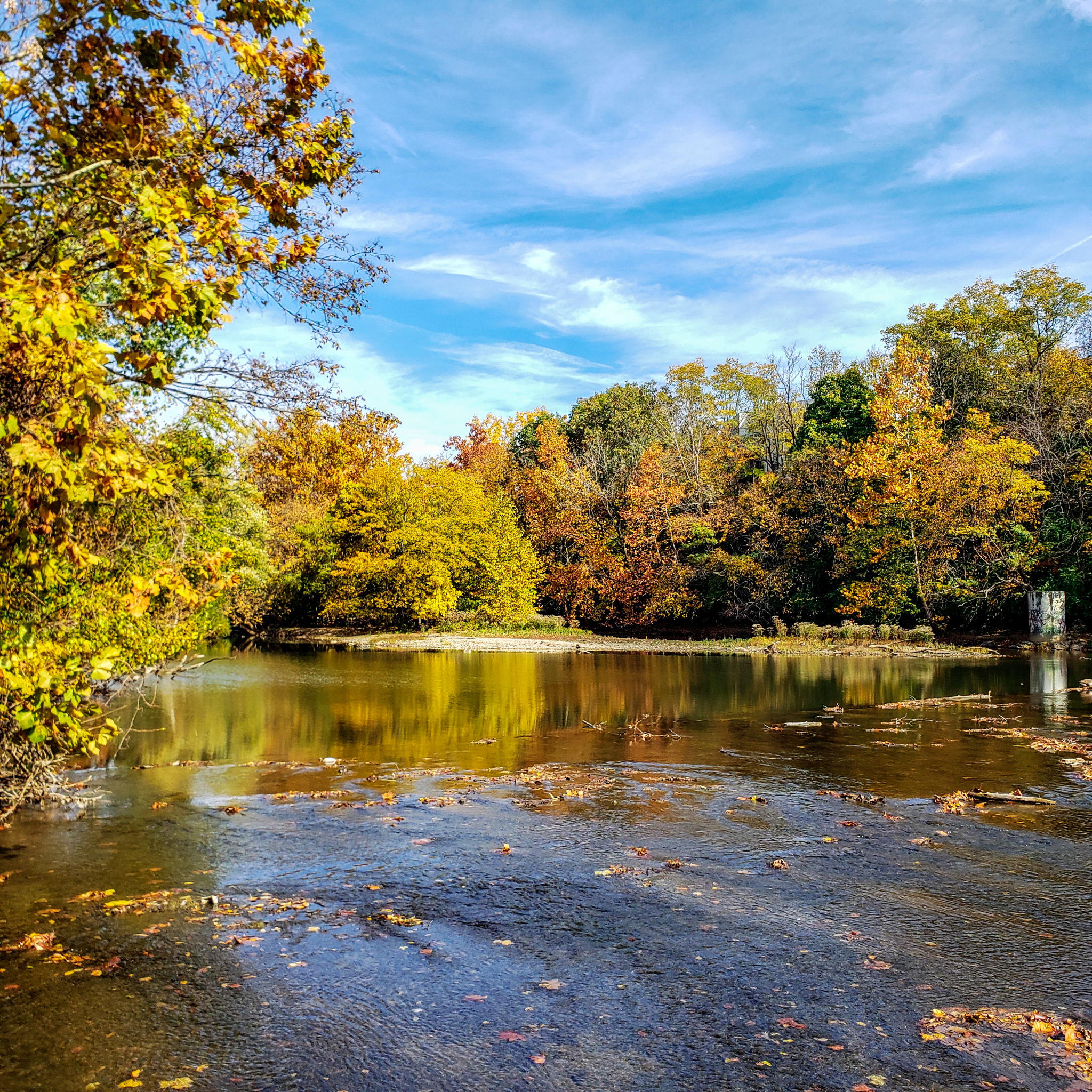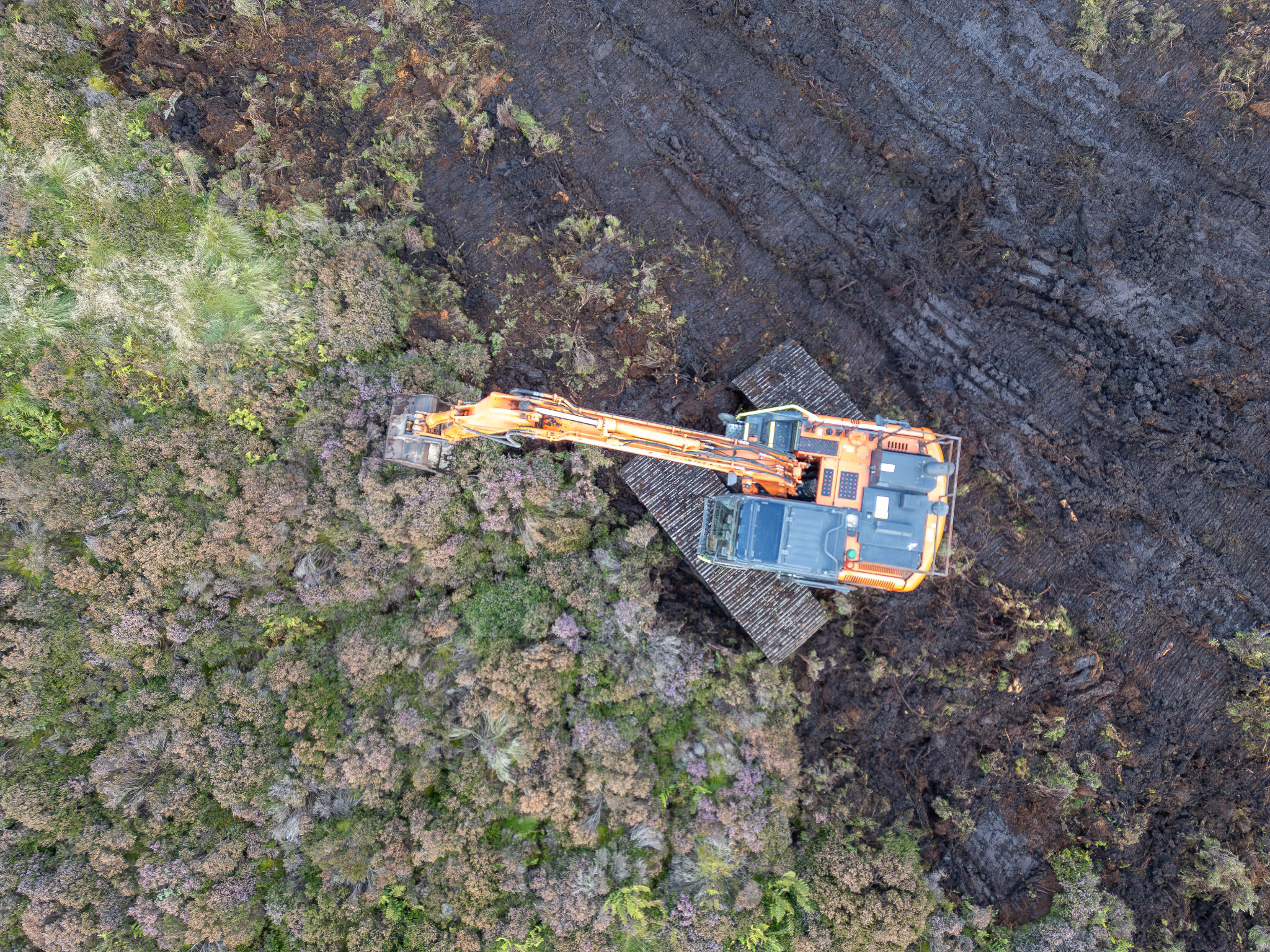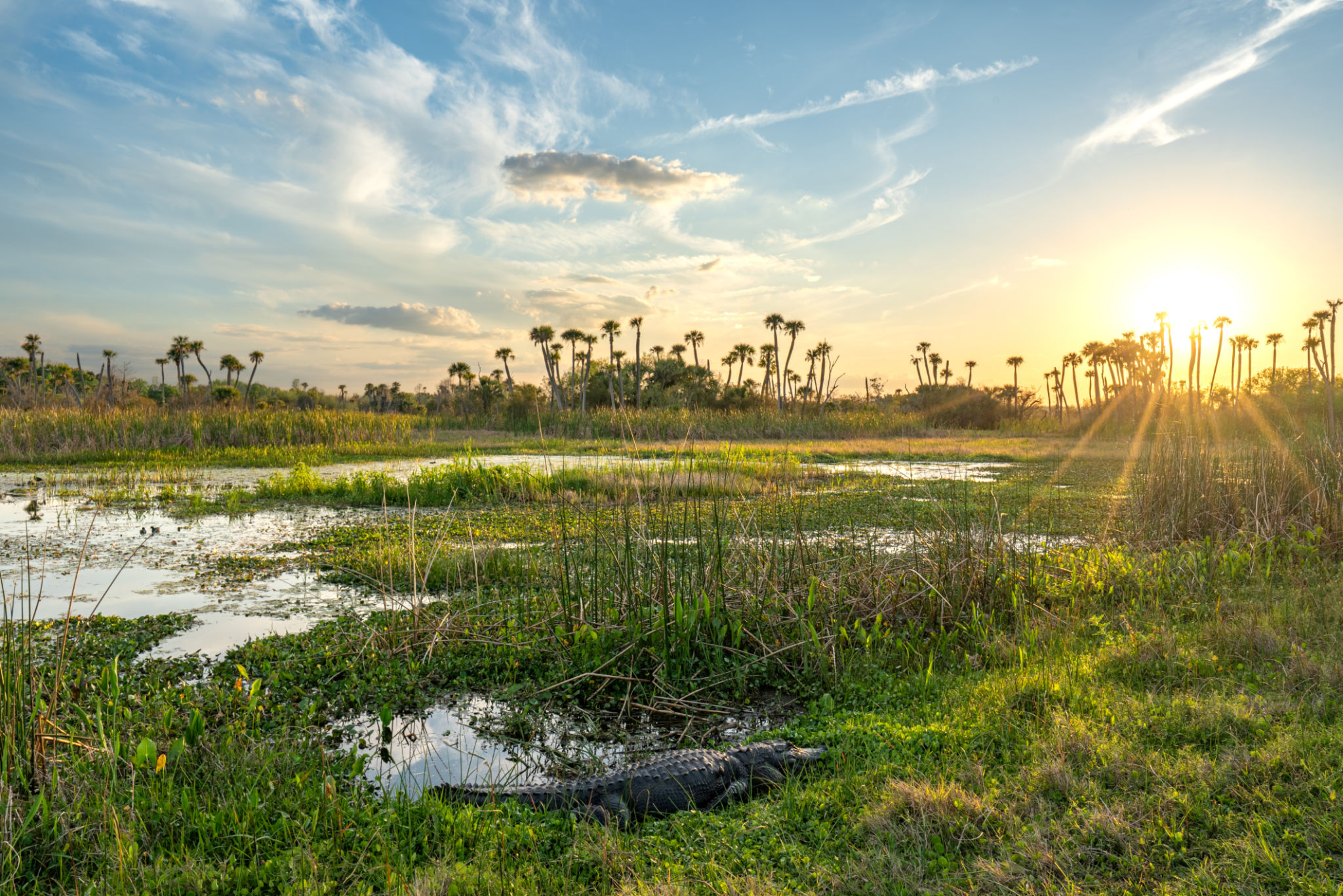Myth-Busting: Common Misconceptions About Wetland Restoration Projects
Understanding Wetland Restoration
Wetland restoration is a critical environmental endeavor aimed at returning degraded wetlands to their natural state. Despite its importance, many misconceptions surround these projects. Understanding the truth about wetland restoration can help promote its benefits and encourage more support for these initiatives.
Wetlands act as vital ecosystems, providing habitat for diverse wildlife, filtering pollutants from water, and protecting against floods. Yet, they are often misunderstood, leading to hesitancy or opposition when restoration projects are proposed. Let's debunk some common myths about wetland restoration.

Myth 1: Wetland Restoration Is Too Expensive
A frequent myth is that wetland restoration projects are prohibitively expensive. While it's true that these projects require funding, the long-term benefits often outweigh the initial costs. Restored wetlands can improve water quality, enhance biodiversity, and provide recreational opportunities, which can boost local economies.
Moreover, the cost of inaction can be far greater. The loss of wetland functions can lead to increased flooding, water pollution, and loss of biodiversity—all of which carry significant economic burdens. Investing in restoration is not just an expenditure but a strategic move towards sustainable development.
Myth 2: Restored Wetlands Are Not Effective
Some believe that restored wetlands cannot function as effectively as natural ones. However, scientific studies have shown that restored wetlands can indeed perform essential ecological functions, such as nutrient cycling and habitat provision.
The success of a restoration project often depends on careful planning and execution. By employing best practices and involving experts in ecology and hydrology, restored wetlands can thrive and provide numerous ecological services comparable to their natural counterparts.

Myth 3: Wetlands Are Just Swamps
Another common misconception is that wetlands are just useless swamps. In reality, wetlands are diverse ecosystems that include marshes, bogs, and fens. Each type of wetland has unique characteristics and supports various plant and animal species.
These ecosystems play a crucial role in maintaining environmental balance. They act as natural water filters, trapping sediments and pollutants, and they serve as carbon sinks that help mitigate climate change. Understanding the ecological importance of wetlands can dispel the myth of them being mere swamps.
Myth 4: Wetland Restoration Only Benefits Wildlife
While it's true that wetland restoration provides critical habitat for wildlife, the benefits extend far beyond just flora and fauna. Restored wetlands can offer recreational opportunities such as bird watching, fishing, and hiking, which enhance community well-being.

Additionally, wetlands improve water quality by filtering pollutants and controlling floods by absorbing excess water. These functions protect human communities from environmental hazards and contribute to the overall health of watershed areas.
Conclusion: The Importance of Wetland Restoration
Dispelling myths about wetland restoration is crucial for garnering support for these vital projects. Understanding the true value of wetlands and the benefits of their restoration can lead to more informed decisions and policies.
By supporting wetland restoration initiatives, we invest in a healthier planet with resilient ecosystems that serve both human and wildlife populations. Embracing the reality of wetland restoration empowers communities to protect and restore these invaluable natural resources.